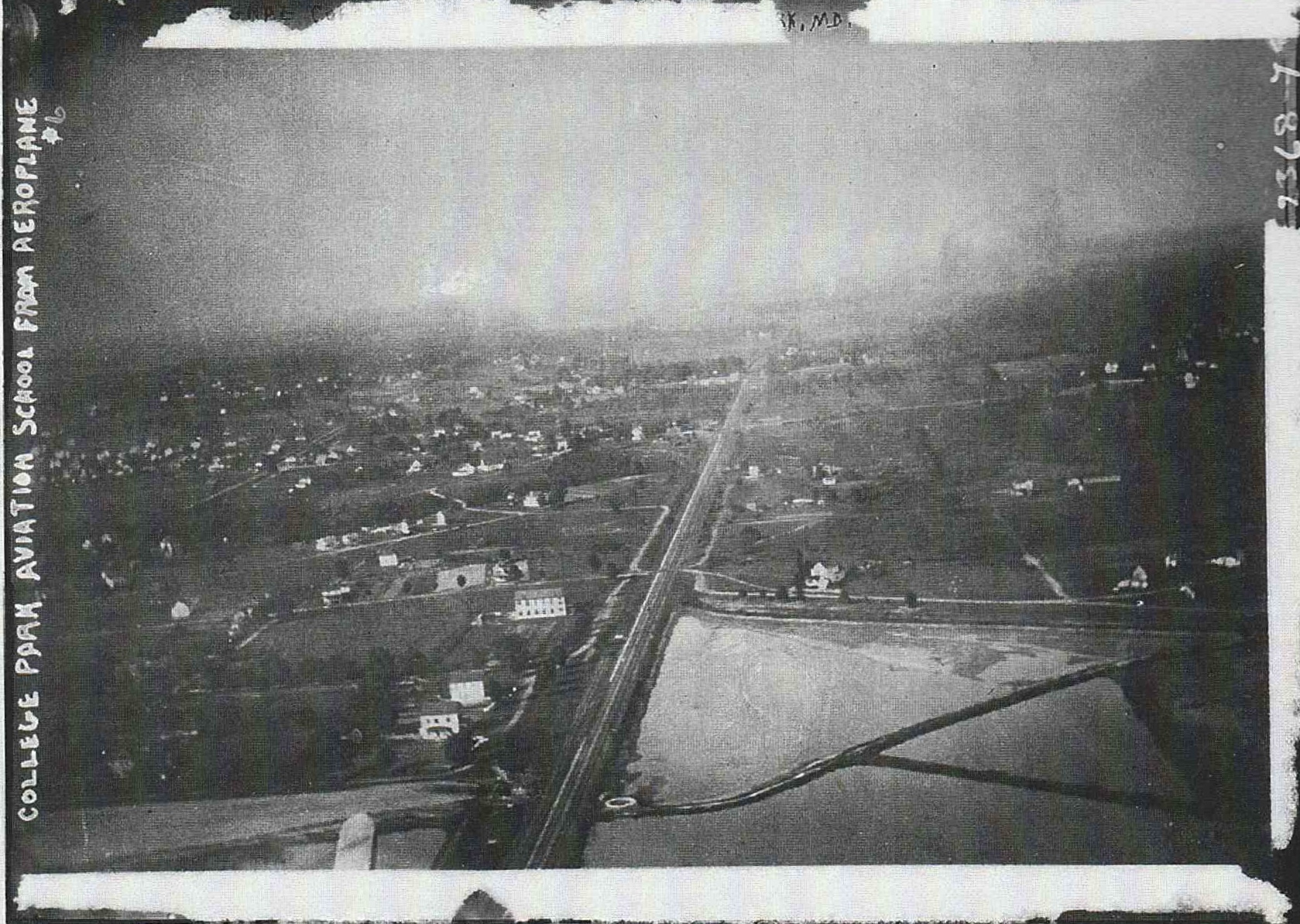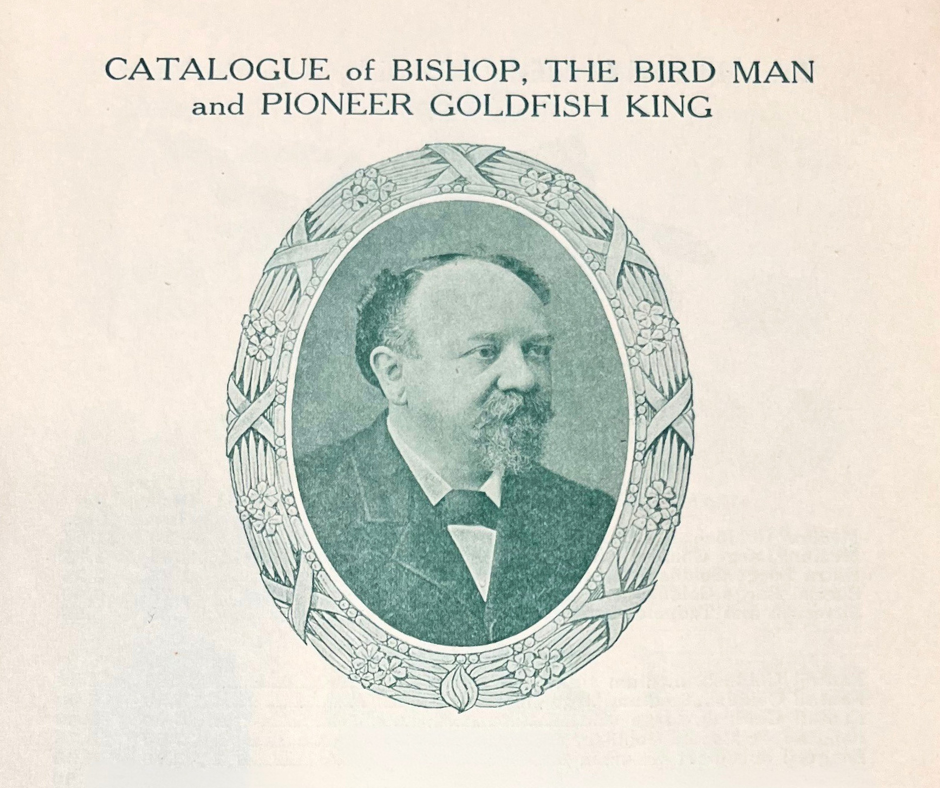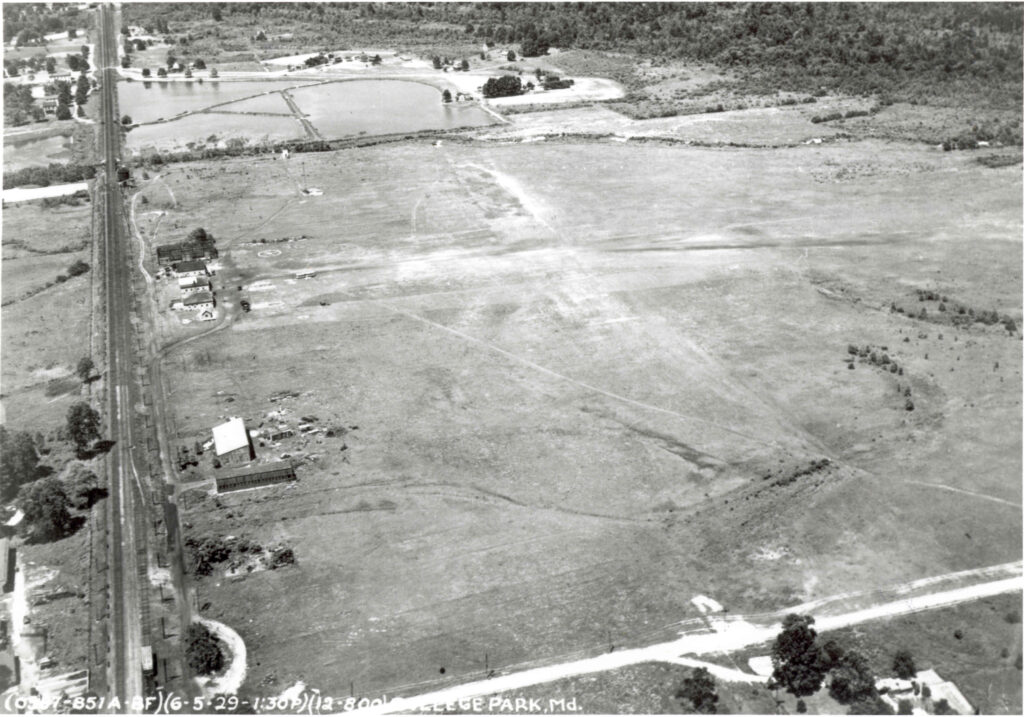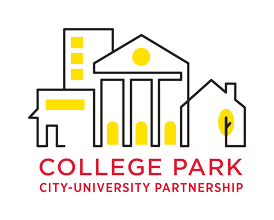
Henry Bishop: College Park’s Link to ‘The Goldfish King’
Though The University of Maryland at College Park, Maryland’s flagship institution, is known for many things, few know it for its origins as an agricultural college. Like today, Maryland Agricultural College’s (now UMD’s), extensive land and proximity to the Nation’s Capital made the college a focal point for business incubation and research.
During its days as an agricultural institution, Maryland Agricultural College regularly leased its flood-prone lands to public and private business and research ventures. Its the aquaculture ponds in East Lakeland made College Park epicenter of a nationwide commercial goldfish enterprise, run by Henry Bishop, coined ‘The Goldfish King’.
Henry Bishop (1837-1907)

Born in Landwedel, Hanover, Germany, Henry Bishop was orphaned shortly after birth. He was placed in the care of extended family in Germany until 1862, when he emigrated to the United States. He spent little of his first five years as an immigrant in the United States; sailing across South and Central America and later traveling with P.T. Barnum’s Grand Traveling Museum.
Young Bishop didn’t settle on land until he was charmed by the City of Baltimore during a visit in 1871. He was particularly impressed by the beauty of Druid Hill Park, now home of The Maryland Zoo. Determined to settle in the city, he secured a job maintaining large plants used to breed fish and animals in Druid Hill Park in 1874.
Shortly after settling in Baltimore, Bishop started The Baltimore Goldfish Company’s operation in Lakeland. The breeding site stretched 32 acres across four large lakes, which Bishop kept in ‘perfect’ condition. His fish breeding ponds in Lakeland were understood to be among the largest in the world, exceeding that of neighboring U.S. Wildlife and Fisheries’ operations.

The goldfish produced in these lakes were transported to his storefront in Baltimore (2530 Madison Avenue for those curious) via the Baltimore & Ohio Railroad, which ran adjacent to the aquaculture farms. Over several decades, Bishop’s venture distributed millions of goldfish nationwide. At the time of his death, he was distributing about 1.5 million fish annually. The scale of his enterprise put College Park at the epicenter of Americans’ passion for aquaria, a common hobby at the time.
His goldfish were on display throughout the country, including the ponds and fountains of Baltimore, The Battery Aquarium in New York, Bronx Park, and the National Zoo.
The long-forgotten, quirky story of Henry Bishop served as the inspiration of ‘The Last Goldfish’, College Park’s first mixed-media installation. The installation is mounted to a brick facade at 7415 Baltimore Avenue adjacent to College Park City Hall.
